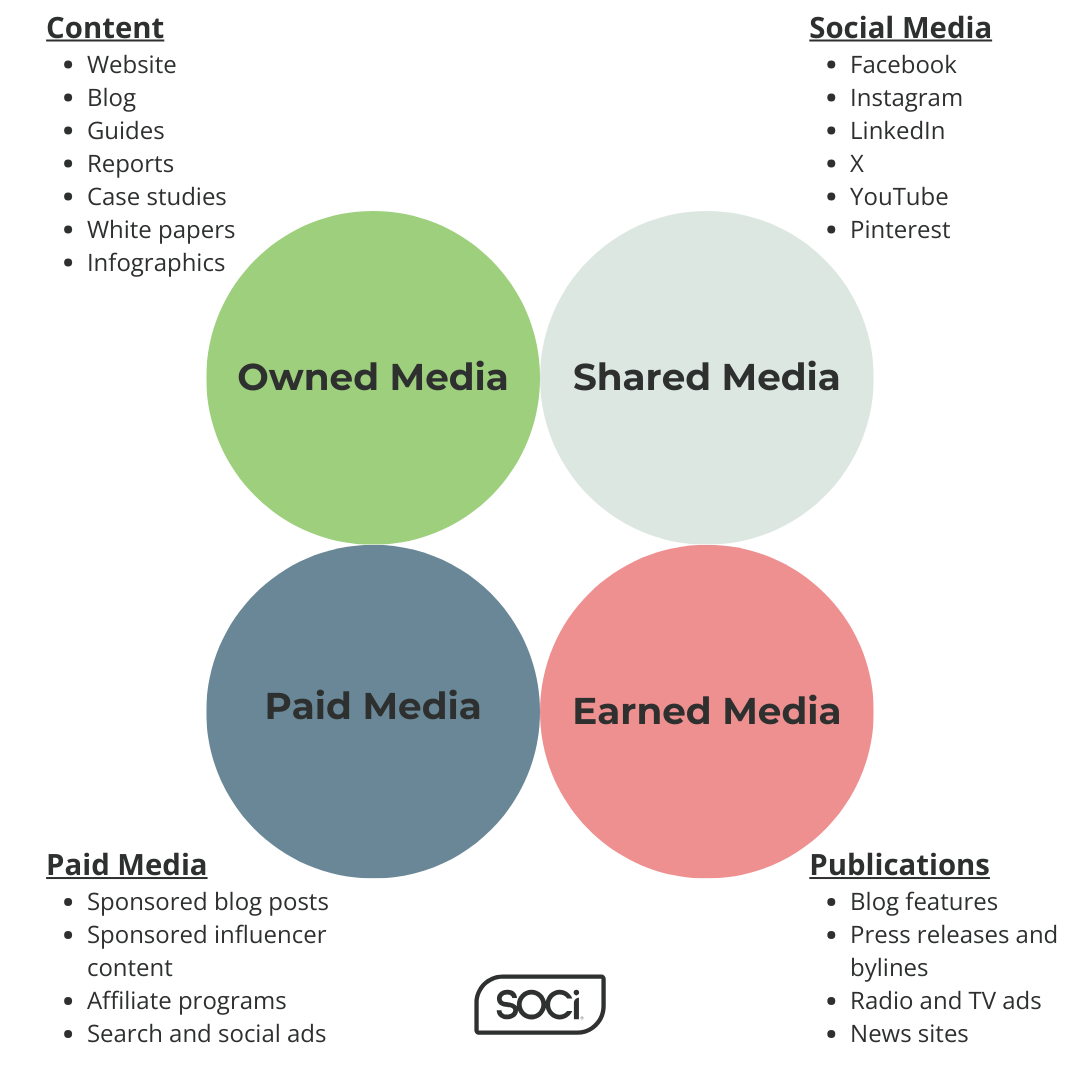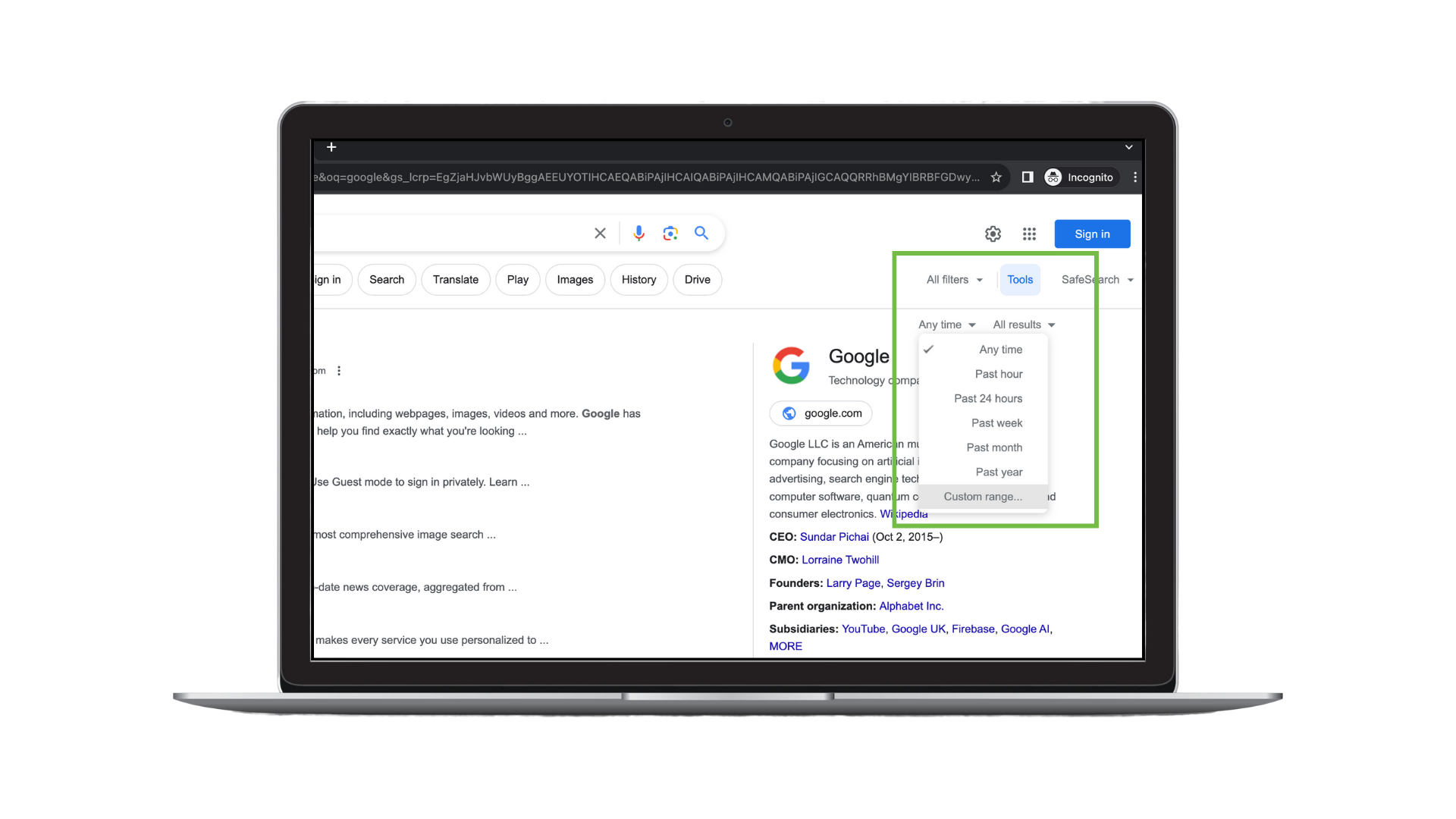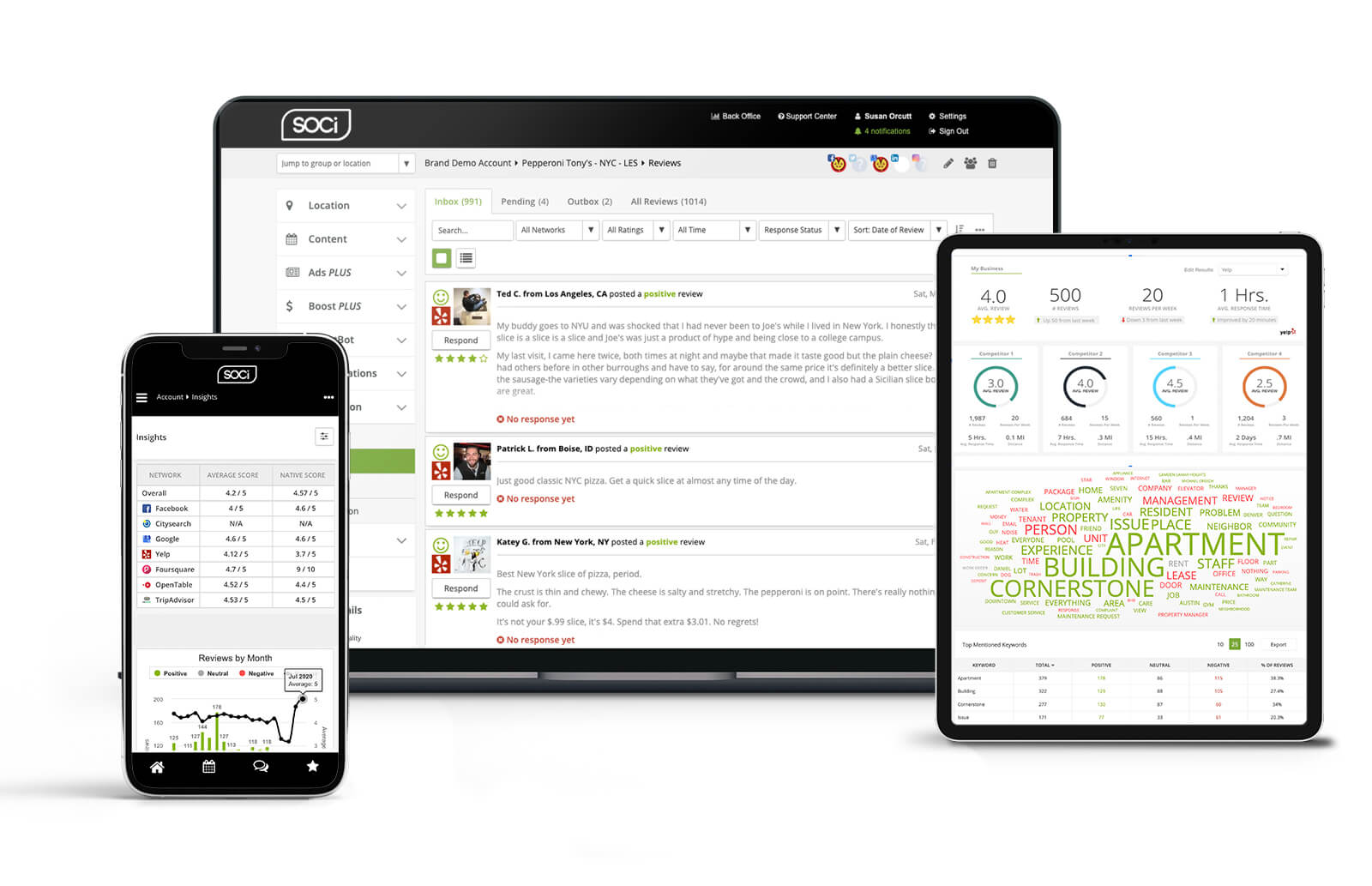Online Reputation Management: Your Complete Guide
Table of Contents
Maintaining a positive online reputation has become paramount for businesses in today’s digital world, where information travels at the speed of a click. Thus, your brand must have a concrete online reputation management (ORM) strategy!
Research revealed that 98% of consumers believe reviews are essential when making a purchase decision. Furthermore, nearly two out of three people will leave a brand after a poor customer experience.
In this piece, we’ll break down:
- What online reputation management is
- The importance of ORM
- Eight tactics to bolster and protect your brand’s digital reputation
Let’s dive in!
What is Online Reputation Management?
Online Reputation Management (ORM) is the art of strategically shaping the digital narrative surrounding your brand.
ORM includes enhancing your brand’s image, mitigating potential risks, and fostering positive interactions with online audiences.
You can successfully manage your brand’s online reputation by
- Monitoring online conversations and engagements
- Addressing customer feedback
- Highlighting positive user experiences
- Creating a cohesive strategy between your SEO, social media, and PR teams
The Importance of Online Reputation Management
When people search for your brand, customer reviews, social engagements, online press, and more impact their opinion of your company.
You want to make a positive impression immediately. Research found that people often form their first impressions within the first 0.05 seconds!
ORM helps you control that narrative and influence how the public perceives your brand. It also helps you showcase your brand’s values, which is a top priority for consumers. In 2023, 48% of consumers say it’s very important that a brand’s purpose and values align with theirs.
Online Reputation Management Media Channels
ORM is a multi-channel strategy. It includes your content marketing, SEO, and PR efforts. There are four primary ORM platforms or mediums that you can utilize to control your brand’s perception.
- Owned Media
- Shared Media
- Earned Media
- Paid Media
What appears at the top of search results influences how people view your brand. Utilizing these media channels can benefit your SEO by ensuring quality content appears at the top of the search engine results page (SERP).
Eight Worthwhile ORM Tactics
To ensure the content you want appears when consumers search for your business, you must manage your brand’s online presence and reputation.
Below are eight effective ORM strategies you can implement today!
1. Audit Your Reputation
First, you must audit your reputation by putting yourself in consumers’ shoes. Open an incognito browser window so that search results aren’t personalized. Search your brand name in Google Search and Maps.
Take notes on what appears on page one and assess how you would perceive the results without background knowledge of your brand. You can also examine the second page but know that only 0.63% of Google searches click on something from page two.
You can also utilize Google’s “Any time” results tool to see how the SERP has changed MoM, QoQ, or YoY.
If you’re a multi-location business, you must conduct similar searches at each location to see how your Google Business Profiles (GBPs) appear in search results.
Even better, you can use SOCi Listings to get historical and current data on your GBPs and all major listings. More on this later!
2. Track and Respond to Reviews
Reviews and how you respond to them heavily influence people.
- Nearly 79% of consumers specifically seek out websites with reviews.
- More than three-quarters of consumers who leave critical reviews expect a business to respond. Forty percent expect a response within 24 hours.
Reviews also impact your GBP ranking. According to local SEO experts, “High Numerical Google Ratings (e.g., 4-5)” is the sixth most influential local pack/finder ranking factor, and “Quantity of Native Google Reviews (w/ text)” is the eighth highest.
Review management and response is an essential part of your ORM strategy. Therefore, you need to:
- Track and analyze reviews
- Encourage customers to leave reviews
- Respond to reviews and other online engagements
Ensure you check your social media profiles, local listings, review sites, and elsewhere daily. You can also employ generative AI to write on-brand responses quickly, which we’ll share details on later!
For more tactics on managing and responding to online reviews, download our Multi-Location Marketer’s Guide to Online Reputation Management.
3. Update Your Brand and Tone Guidelines
Part of a strong ORM strategy is ensuring you have up-to-date brand guidelines, which should include details on voice and tone.
For instance, how you respond to negative reviews or comments will differ from the content produced for your social media channels. When updating your brand guidelines, we recommend outlining language within your crisis management plan.
It’s also imperative that everyone is aware, properly trained, and follows these new brand guidelines.
Additionally, you can implement generative AI to help create or modify your voice and tone guidelines and help assure team members adhere to your updated tone of voice.
4. Implement Social Listening Software
One way to ensure you’re capturing all online brand mentions is to incorporate social listening software into your ORM strategy.
If you’re unfamiliar, social listening technology monitors and analyzes online conversations across various social media platforms and search engines to help you gain insight into public opinions, brand perceptions, and trends.
Social listening enhances brand oversight, mitigates business risks by monitoring customer and public conversations, and keeps you attuned to industry dynamics and consumer sentiments. This enables you to respond to brand mentions and capitalize on news-jacking opportunities.
Some social listening tools include competitor and industry trends to help you stay ahead of every potential disaster and every business opportunity.
5. Monitor Competitors
Speaking of social listening, it’s important to monitor competitors and identify potential threats or opportunities in the market. For example, seeing competitor product price hikes or increased renewals are opportunities for your brand to convert competitors’ customers to yours.
Understanding how people perceive your competitors provides valuable context for enhancing your brand image. It enables you to:
- Benchmark your reputation against competitors
- Pinpoint areas of improvement
- Capitalize on differentiators
- Observe how others respond to online feedback and offer valuable lessons for your response strategy
6. Publish SEO-Driven Content
Part of having a strong online reputation is to ensure your brand has a secure share of voice (SOV) and ranks well for thought leadership content.
To do this, you need SEO-driven content that ranks well for non-branded keywords and search queries potential customers are searching for. For SEO purposes, we recommend publishing ungated:
- Blog posts
- Press releases
- Research reports
- Data studies
- Surveys
- Infographics
- Interactive content
- Example: Calculators, quizzes, assessments
- Case studies
- Listicles
This content can lead to increased visibility, which not only boosts organic traffic, but also allows your brand to control the narrative surrounding your products, services, and values.
Additionally, SEO content helps push down negative or irrelevant content in search results, further ensuring that people encounter content that reinforces a positive image of your brand.
Download the Top 10 Things You Should Be Doing in Local SEO Now for more details on improving general and local search rankings.
7. Evaluate Your Customer and User Experiences
Happy and satisfied customers are the lifeblood of your business and your online reputation. Nearly two-thirds of consumers will leave a brand because of a poor customer experience (CX). After two or three poor experiences, that percentage jumps to 86%.
Thus, you must examine your customer and user experience (UX) and identify pain points and areas where negative occurrences repeatedly occur. You can do this by analyzing reviews, social media comments, and survey responses. We recommend using sentiment analysis to dissect which words have a negative sentiment and why.
Not only will an improved CX and UX generate more brand loyalty and repeat customers, but it will also reduce negative reviews while simultaneously increasing positive ones.
8. Analyze and Track Changes
To correctly measure if your CX and UX adjustments impact the business, you’ll need sentiment analysis technology.
Sentiment analysis is the automated process of determining the emotional tone or attitudes expressed in text, helping you to understand whether the sentiment is positive, neutral, or negative.
You can use sentiment analysis in your survey and review technology to better understand customer pain points and what they enjoy about your company and customer journey.
Measure the success of your CX and UX changes by again deploying surveys and dissecting reviews with your sentiment analysis software. Tracking these changes regularly will inform you whether your changes positively impact your online reputation and business.
Utilize Reputation Management Software
As you can see, managing your online reputation can be challenging. We noted this throughout the guide, but having the proper reputation management software in place is essential.
If you’re a multi-location brand, SOCi can help. SOCi is the CoMarketing Cloud for multi-location enterprises. Our listings, reputation management, surveys, and social media management software can help you manage your online reputation at the local store and national levels.
Know what people say about your company across every primary directory, review site, and social media platform, and address these opinions head-on! Our reviews, social media, and survey products have sentiment analysis capabilities, so you can quickly adjust your CX and measure their effectiveness.
We’ve recently released SOCi Genius, which leverages data science, best-in-class generative AI, and automation tools to help marketers make data-driven decisions and fuel their marketing strategies — like ORM.
We’ve also incorporated generative AI into our reviews software, enabling local and corporate teams to deliver on-brand responses in only a few clicks.
Request a demo to learn how SOCi can take your multi-location online reputation management strategy to the next level!






